The Cleric, as the holy caster of BG3, serves a party fantastically as a supportive tank or even potential damage dealer. However, taking the best feats for a Cleric can vastly improve the defensive capabilities of the class. Let’s talk about some of them.
Clerics are Wisdom-based spellcasters in BG3 with the capability to cast spells from the divine spell list. They can range from huge heal-bots, with spells like Mass Healing Word, to becoming big threats themselves with spells like Spirit Guardians. A good mix of these two polar opposites makes Clerics so strong as casters. Feats can be a handy way to help bridge that gap and make your Cleric feel safer on the frontlines.
The best Cleric feat options in BG3, ranked

The best Cleric feats in Baldur’s Gate 3 improve the Cleric’s defense or help them build for more damage. These feats are somewhat few and far between but can be the difference between your Cleric being too late to save the party or the force that saves everyone.
We recommend boosting your Wisdom to 20 through feats before considering utility feats. That can be through Ability Score Improvements or several other methods of improving your Ability Scores in BG3, but it’s an important step to making your Cleric a force of nature. These feats are usually saved for the level eight or 12 feat slot.
5. Great Weapon Master

Great Weapon Master falls through the mold but can work well for a War or Tempest Cleric build. Great Weapon Master lowers accuracy while two-handing a weapon by five, but boosts damage by +10 in return. It also allows a character to make a weapon attack as a bonus action on a critical hit or a kill.
This feat allows a Cleric to become a legitimately big threat in melee fights. +10 to damage is like if you gave your Cleric 20 Strength. It’s quite significant. And War Clerics can use their Channel Divinity to negate the accuracy issue, turning themselves into nukes.
This build, alongside strong damage spells like Spiritual Weapon and Spirit Guardian, can make the Cleric a legitimate threat. However, without Extra Attack, you won’t ever match the damage of your Fighter or Barbarian peers in terms of single-target efficiency.
This makes this feat a bit more juicy for weird multiclass builds, like Fighter 6/Cleric 6, but it can work fine for a pure Cleric thanks to the War Cleric’s War Priest ability. This allows for an interesting murder-Cleric build which is otherwise impossible without Great Weapon Master.
Sharpshooters can supplement a ranged variant of this build, but Clerics tend to work better swinging melee weapons in BG3. Try out these +10 damage builds if you ever think your Cleric isn’t chewing through enemies quickly enough.
4. Resilient (Constitution)
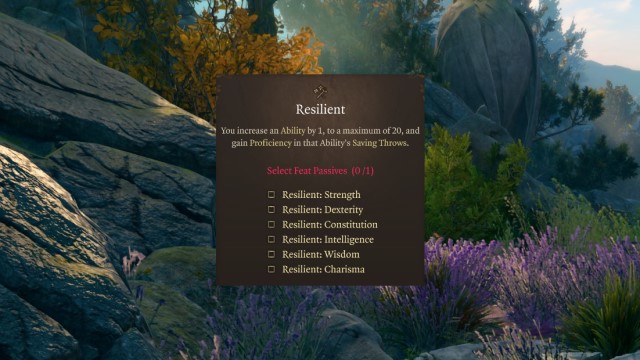
Resilient (Constitution) is a great feat for a Cleric which has 15 Constitution at character creation. That’s because it grants one point of Constitution and also grants Constitution saving throw proficiency. Constitution saves are used for concentration-based spells and are also one of the most important defensive saving throws in BG3, making this feat pull double duty.
Constitution is one of the most critical stats for a Cleric, behind Wisdom. All Clerics want health to survive combat so they can heal up their allies. In addition, Clerics have some of the best concentration-based spells in the game. So, it’s a win-win—you get health as long as you build your character right and you get good Constitution saving throws.
That being said, BG3 introduced a few ways to guarantee a concentration drop. That includes spells like Darkness or knocking the caster prone. So, Resilient only does so much to prevent you from dropping your thought process.
Clerics don’t have much else to dig for, though, so you can very easily use this feat to round out your Cleric’s biggest weak point. I’d say that’s a good idea for a Cleric, especially one who expects to take some chip damage during most fights.
3. Alert
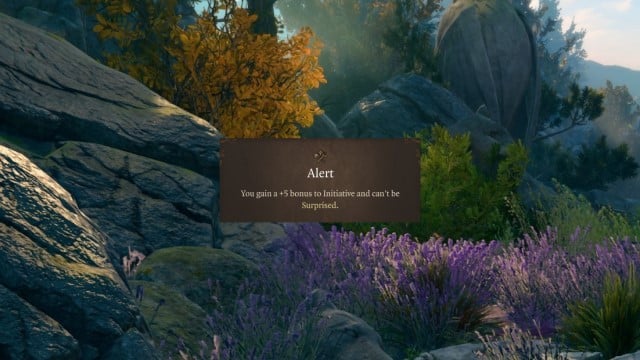
Alert is a fascinating feat in BG3 which grants a plus-five to initiative rolls while also making the beneficiary immune to Surprise. The first feature almost guarantees the Cleric a high mark in initiative, allowing them to set up buffs, Hold priority targets, or march into the center of battle to take some heat. The Surprise immunity is great for a first-time playthrough, but otherwise shouldn’t come up enough to be a centerpiece of the conflict.
Clerics can make some of the best use of high initiative of any class in the game. They have a myriad of buffs, debuffs, damage, and game-winning crowd control that many casters would kill for. A Cleric can set up their spell list to be impactful turn one and then really mess up enemies.
However, with their naturally lower Dexterity, Clerics often suffer from BG3‘s 1d4+Dexterity modifier initiative order. Alert gives a massive bonus to your roll, making it much easier to set yourself—and your party—up for success. For most Clerics, especially those with Heavy Armor proficiency, this is like you got a +10 to Dexterity with just a single feat.
Combine this with Sentinel Shield or other initiative items and your Cleric will very often be able to start combat by peeling away enemies, stunning supportive enemies, or forcing Legendary Resistance.
That being said, it’s not like Alert gives you an extra turn or anything. You are sacrificing durability to go earlier in the combat, and some enemies have very high initiative set in stone to ensure they can set up as well. This is far from a bad feat, but it isn’t guaranteed to give you the first turn or anything like that. Consider it if you like your Cleric’s durability and want them to stop going last in the fight.
2. Tough
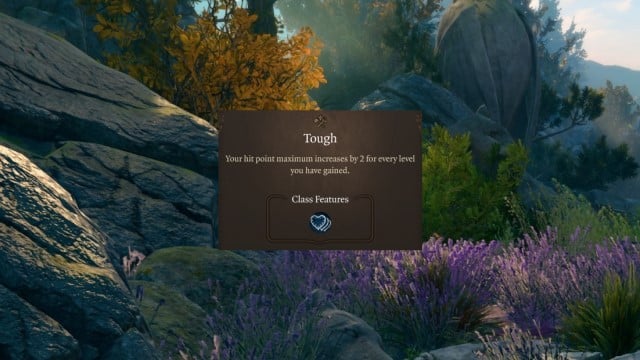
Tough is a simple feat, but reaches its maximum potential with Clerics. That’s because Tough improves health by two per level, to a maximum of 24 at level 12. Clerics are some of the best users of items like Ring of Regeneration, The Reviving Hands, and The Whispering Promise in the game, so having a deeper pool of health is an excellent idea. Even without these items, the extra health can be just what the Cleric needs to make it to their turn and heal party members.
Tough is often comparable to plus-four to Constitution, but you get very slightly more out of it as a Cleric. This is a great thing for a class capable of casting spells like Mass Healing Word, Heal, or Revivify. While you can absolutely take massive hits in BG3, 24 health is usually enough to keep your Cleric alive for one extra hit.
Tough’s best use is as a supplement to other defensive options, and the Cleric has many. With items like The Reviving Hands and Ring of Regeneration, it’s not too hard to make your Cleric a tanky beast with the health pool to survive big spells.
Between plus-two Constitution, Tough, and Resilient (Constitution), this feat is the one that’s most likely to keep your Cleric safe for the longest time in end game. And nobody said you couldn’t have Tough and Resilient for a defensively-oriented Cleric.
1. Lucky

Lucky is the best feat in general for most Cleric builds in BG3. That’s because Lucky lets you reroll three d20 rolls per day, either your own rolls or enemy attack rolls. For a Cleric, this means the few saving throws you fail or when you get critically hit by an attack, you have the chance to change your fate for the better.
For a class like Cleric—which focuses mostly on spellcasting—you really just want to prevent bad luck from dooming you. A bad Constitution or Dexterity saving throw can lead to your quick death. And, if you’re in Honor Mode, a Cleric dying can quickly lead to the entire party going down. Lucky can be one last chance to keep your Cleric alive. And Lucky can do that more effectively than Tough can against casters.
Lucky can also be a nice last-gasp attempt to land a killing attack roll. Clerics don’t have many attack rolls, but landing a decisive Guiding Bolt can be useful even in mid-to-late game.
We recommend saving your three Lucky procs for purely defensive purposes. Using it for saving throws and to prevent attacks from hitting you is a very good idea. Three might not sound like a lot, but if you’re just trying to avoid three big spells or three critical hits, it makes the feat feel a lot more impactful.
BG3 is a lot about getting good dice rolls, especially during higher difficulties. Lucky can be the difference-maker in a fight for a caster that doesn’t need much other feat support.
Others Asked
Why is Great Weapon Master considered the best feat for Barbarians in Baldur's Gate 3?
Great Weapon Master is considered the best feat because it grants plus-10 to damage rolls while wielding a melee weapon in two hands and allows an extra attack as a bonus action if critically hitting or killing an enemy, significantly boosting damage potential.
Why is the Lucky feat considered the best option for Sorcerers in Baldur's Gate 3?
Lucky is considered the best feat for Sorcerers because it provides three Luck Points that allow Sorcerers to reroll most d20s, offering them a chance to avoid saving throw failures, critical hits, or important failed attack rolls.
Why is the Lucky feat considered the best for a Sorcerer in BG3?
The Lucky feat is considered the best for a Sorcerer in BG3 because it provides three Luck Points per day that allow you to reroll most d20s. This can help you avoid saving throw failures, remake important attack rolls, or negate enemy critical hits, offering strong defensive options.


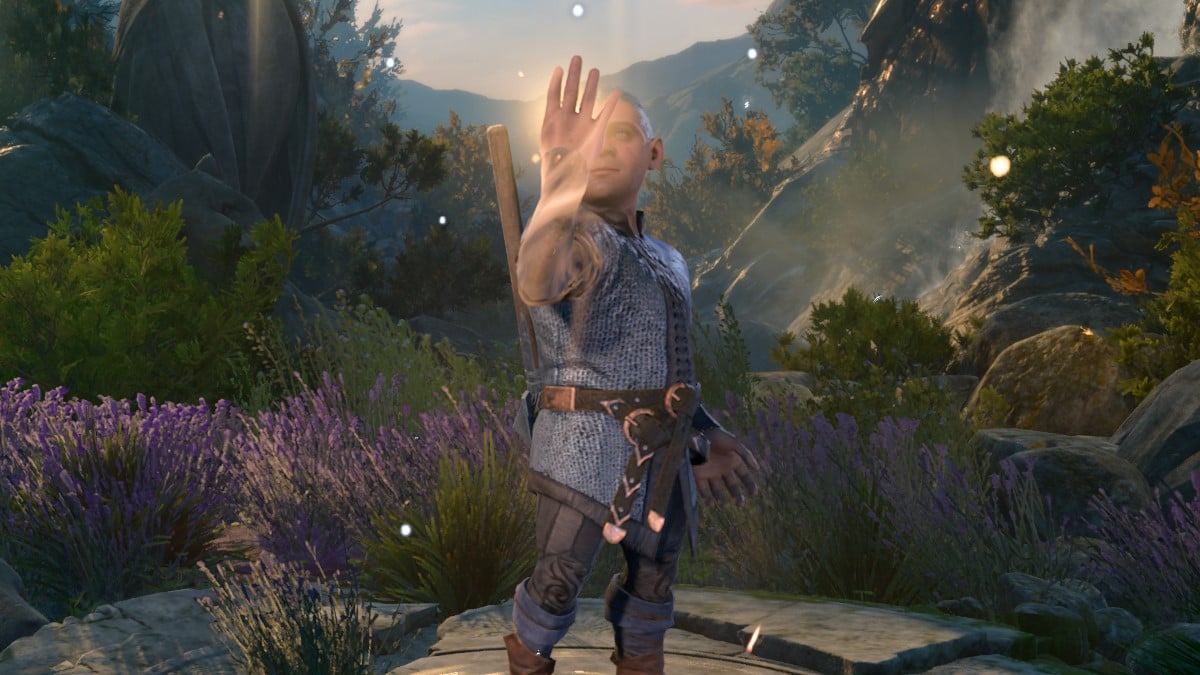


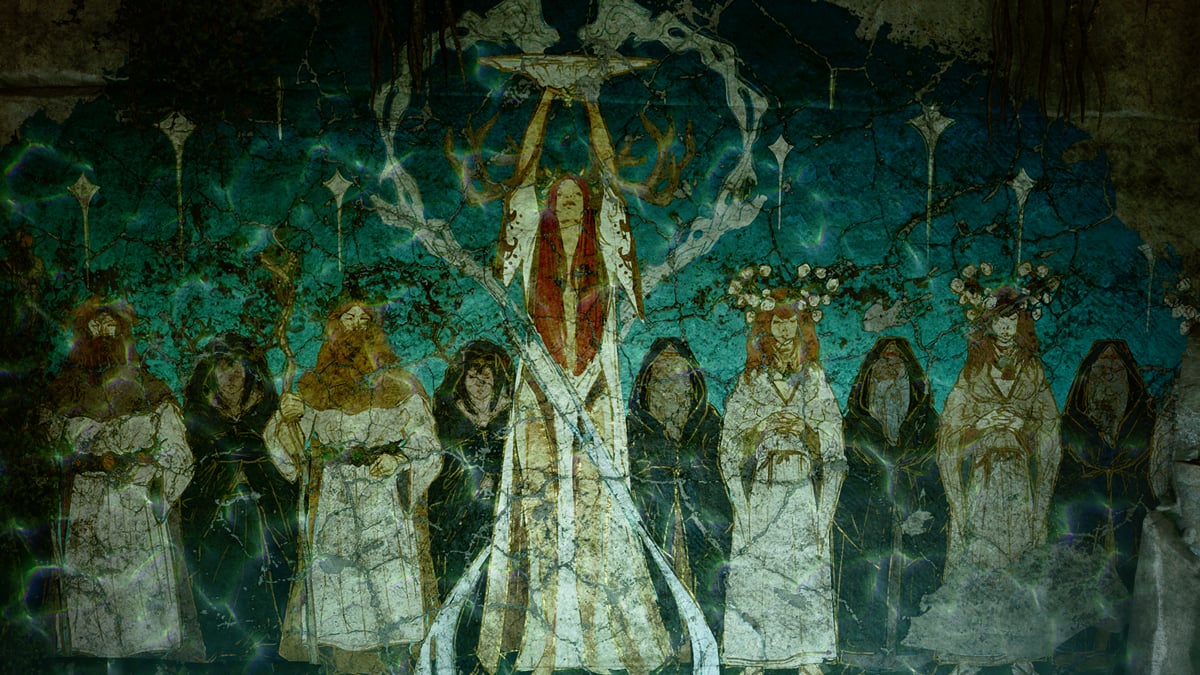
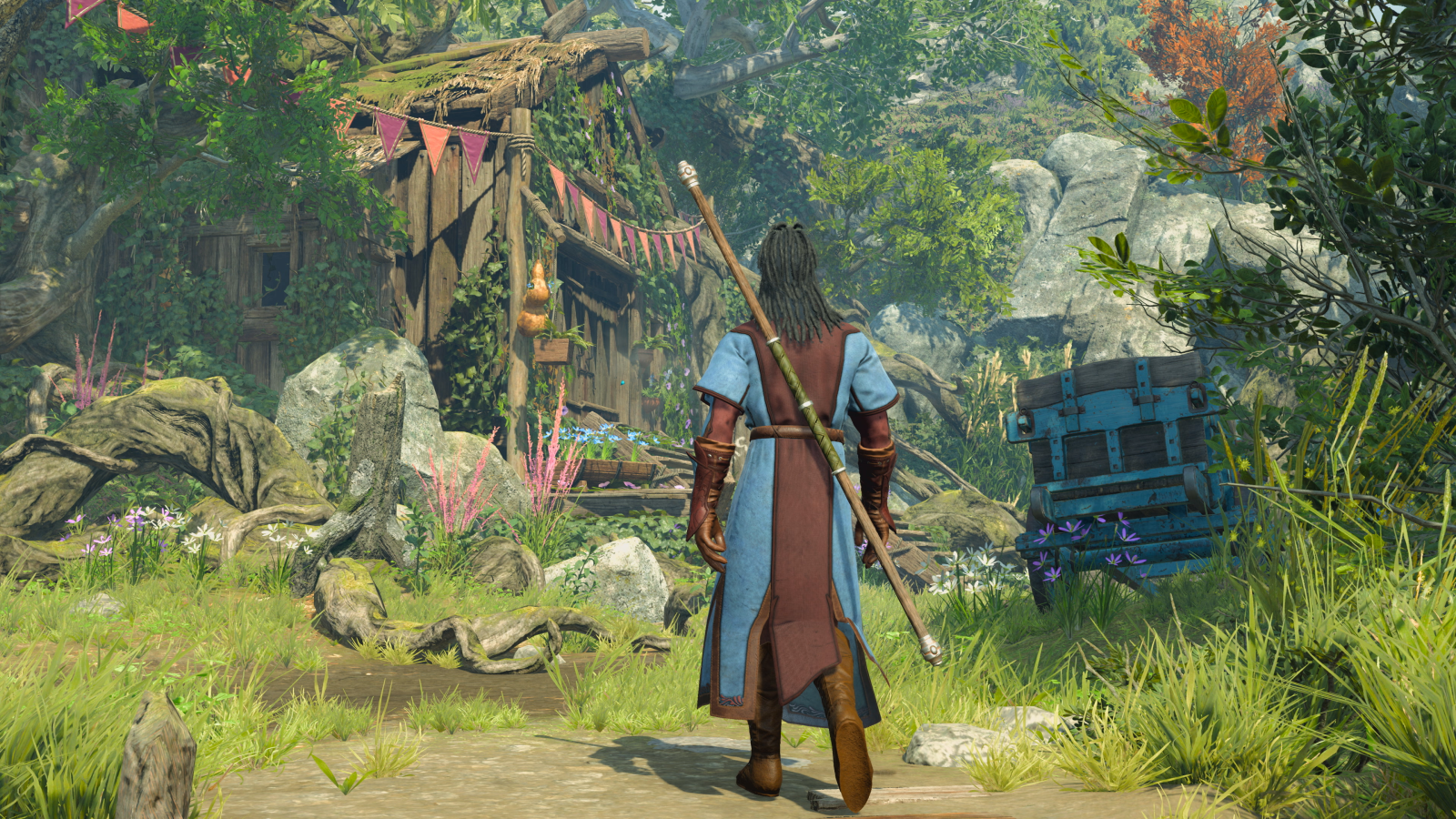



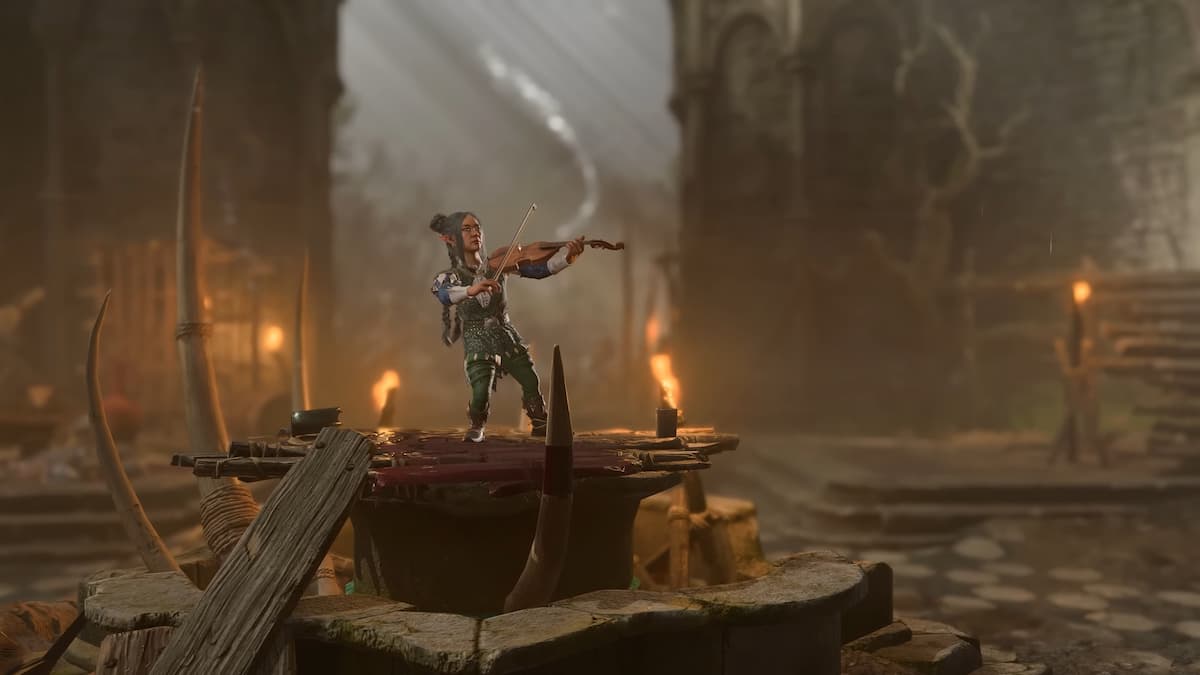



Published: Jan 20, 2024 01:29 am